Heart Disease
(PRODUCTS IN FOCUS: TRICARDIN & MONACOLIN-K)
Definition of Cardiovascular Disease (Heart Disease):
Heart and blood vessel disease — cardiovascular disease also called heart disease — includes numerous problems, many of which are related to a process called atherosclerosis. Atherosclerosis is a condition that develops when a substance called plaque builds up in the walls of the arteries. This buildup narrows the arteries, making it harder for blood to flow through. If a blood clot forms, it can stop the blood flow. This can cause a heart attack or stroke.
A Heart Attack occurs when the blood flow that brings oxygen to the heart muscle is severely reduced or stopped. This happens because coronary arteries that supply the heart with blood can slowly become thicker and harder from a buildup of fat, cholesterol and other substances, called plaque. This slow process is known as atherosclerosis. If the plaque breaks open and a blood clot forms that blocks the blood flow, a heart attack occurs.
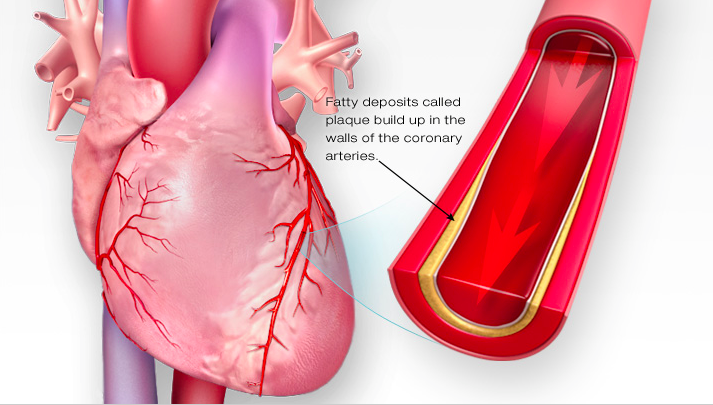
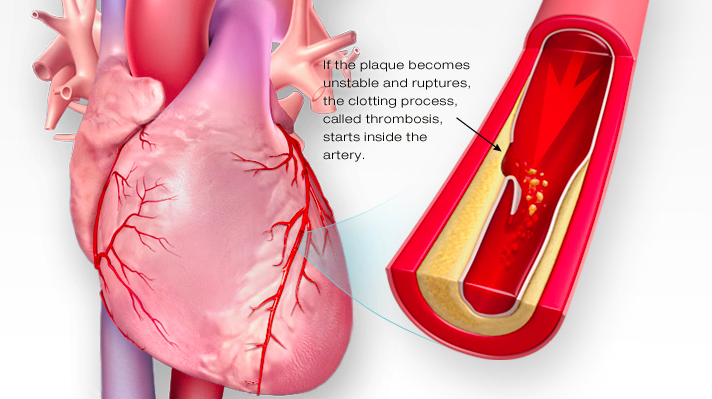
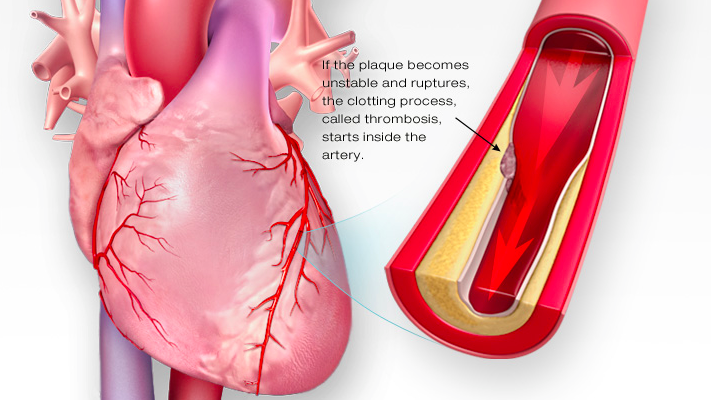
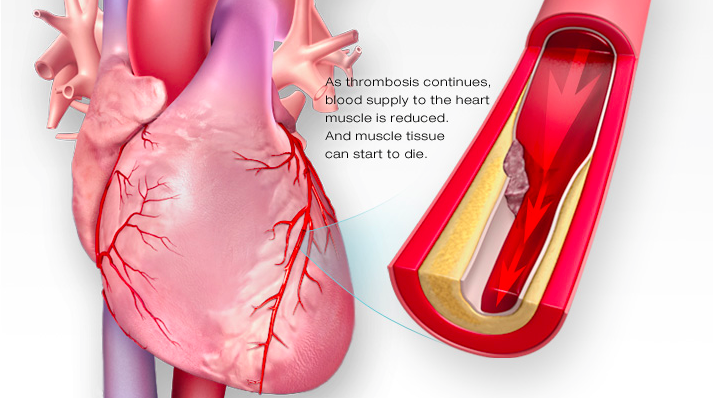
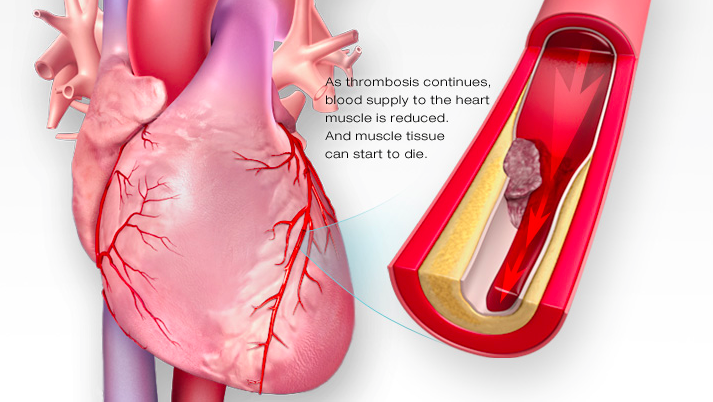
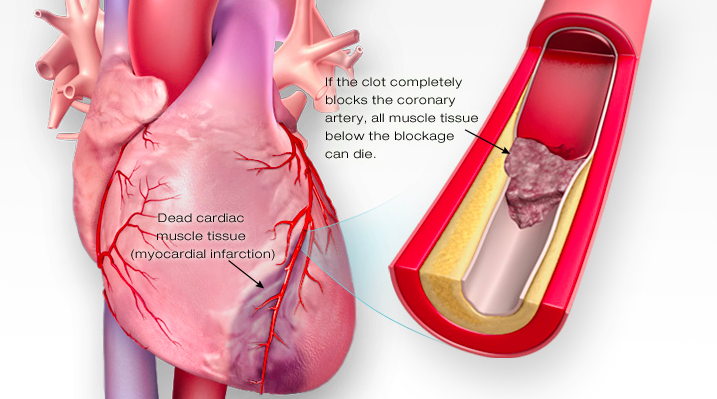
…which can then lead to HEART FAILURE!
Heart Failure is a chronic, progressive condition in which the heart muscle is unable to pump enough blood through the heart to meet the body's needs for blood and oxygen. Heart failure usually results in an enlarged heart.
Cardiovascular Disease (CVD) Risk Factors:
There are many risk factors associated with heart disease and stroke. Some risk factors such as family history, ethnicity and age, cannot be changed. Other risk factors that can be treated or changed include tobacco exposure, high blood pressure (hypertension), high cholesterol, obesity, physical inactivity, diabetes, unhealthy diets, and harmful use of alcohol. Cardiovascular disease is the leading cause of death in the developing world.
Causes of Cardiovascular Disease:
Some people are born with conditions that predispose them to heart disease and stroke, but most people who develop cardiovascular disease do so because of a combination of factors such as poor diet, lack of physical activity and smoking, to name just three. The more risk factors you expose yourself to, the higher the chance of developing cardiovascular disease. Many of the risk factors for cardiovascular disease cause problems because they lead to atherosclerosis (narrowing and thickening of arteries). Atherosclerosis develops for years without causing symptoms. It can happen in any part of the body. The narrowing and thickening of the arteries is due to the deposition of fatty material, cholesterol and other substances in the walls of blood vessels.
Preventing CVD:
You can prevent CVD by living a healthy lifestyle, but some factors, which you are born with, predispose you to heart disease and its associated complications.
Is there a cure for Heart Disease?
There is no cure for heart disease and conventional western medicine provides only medications to manage it. Most people have symptoms that can be controlled with medical treatment for long periods of time. Others have severe symptoms that may require surgery or even a heart transplant. Heart failure is a life-threatening condition and can lead to sudden death, so it is important that you get the right treatment promptly.
Prevention vs. Cure
For many people, keeping your heart and arteries as healthy as possible is a two-part process involving prevention and treatment.
Primary Prevention: where the goal is to stop or slow cardiovascular disease before an event such as a heart attack or stroke.
Secondary Prevention: where the goal is to prevent a repeat event in a patient who has already had a heart attack, stroke, or other serious cardiovascular problem.
Preventing an initial or repeat cardiovascular event is the most important factor for long-term survival.
Who can get Heart Disease?
Heart disease can affect people of all ages and all socioeconomic levels. Generally, the risk of cardiovascular disease increases as you age. For men, the risk starts to climb at about age 45, when 1 out of every 100 men develops signs of heart disease. By age 55, the risk has doubled to about 2.1 out every 100 men. It continues to increase until, by age 85, about 7.4 out of every 100 men have cardiovascular disease.
For women, the risk of cardiovascular disease also climbs with age, but the trend begins about 10 years later than in men and especially with the onset of menopause.
More and more young people are affected by heart disease, in part because diabetes and childhood obesity are on the rise. Obese youth are more likely to have risk factors for cardiovascular disease, such as high cholesterol or high blood pressure. In a population-based sample of 5 to 17-year-olds, 70 percent of obese youth had at least two risk factors for cardiovascular disease. Therefore, symptoms of heart disease can surface at a very young age.
Warning Signs of Heart Attack:
Some heart attacks are sudden and intense — the "movie heart attack," where no one doubts what's happening. But most heart attacks start slowly, with mild pain or discomfort. Often people affected aren't sure what's wrong and wait too long before getting help. Here are signs that can mean a heart attack is happening:
- Chest discomfort.
- Discomfort in other areas of the upper body. Symptoms can include pain or discomfort in one or both arms, the back, neck, jaw or stomach.
- Shortness of breath with or without chest discomfort.
- Other signs may include breaking out in a cold sweat, nausea or lightheadedness.
Connection between high blood pressure and heart disease:
Blood moving through your arteries pushes against the arterial walls; this force is measured as blood pressure.
High blood pressure (hypertension) occurs when very small arteries (arterioles) tighten. Your heart has to work harder to pump blood through the smaller space and the pressure inside the vessels grows. The constant excess pressure on the artery walls weakens them making them more susceptible to atherosclerosis.
Connection between smoking and heart disease:
Smoking damages the lining of blood vessels, increases fatty deposits in the arteries, increases blood clotting, adversely affects blood lipid levels, and promotes coronary artery spasm.
Definition of Cholesterol?
Cholesterol is a waxy, fat-like substance used by the body to build cell walls and for making several essential hormones. There are two types: low-density lipoproteins (LDL) also known as BAD cholesterol and high-density lipoproteins (HDL) also known as GOOD cholesterol. When cholesterol is too high, or the levels of the two types are out of balance (dyslipidemia), the cholesterol can clog the arteries affecting the flow of the blood and can cause heart disease.
Connection between diabetes and heart disease:
Uncontrolled diabetes causes damage to your body’s blood vessels making them more prone to damage from atherosclerosis and hypertension. People with diabetes develop atherosclerosis at a younger age and more severely than people without diabetes. Hypertension is more than twice as common in people with diabetes as in people with normal blood glucose levels. People with diabetes are more likely to have a heart attack or stroke, than people who do not, and their prognosis (chance of recovery) is worse. If you have diabetes you can have a heart attack without realizing it. Diabetes can damage nerves as well as blood vessels so a heart attack can be ‘silent’, that is lacking the typical chest pain. If you have diabetes you have a two- to three-fold greater risk of heart failure compared to people without diabetes.
Protecting yourself from cardiovascular disease if you have diabetes:
- If you control your blood glucose you can reduce your risk of a cardiovascular disease event by 42% and the risk of heart attack, stroke, or death from cardiovascular disease by 57%.
- If you control your blood glucose levels you reduce your risk of cardiovascular disease by between 33% to 50%.
- If you control your blood lipids you can reduce cardiovascular disease complications by 20% to 50%.
- If you have impaired glucose tolerance and lose weight, you can prevent the onset of diabetes.
What is Angina?
Angina is chest pain or discomfort that occurs when your heart doesn't get as much blood and oxygen as it needs. Over time, the coronary arteries that supply blood to your heart can become clogged with plaque. If one or more arteries are partly clogged, not enough blood can flow through, and you can feel chest pain or discomfort.
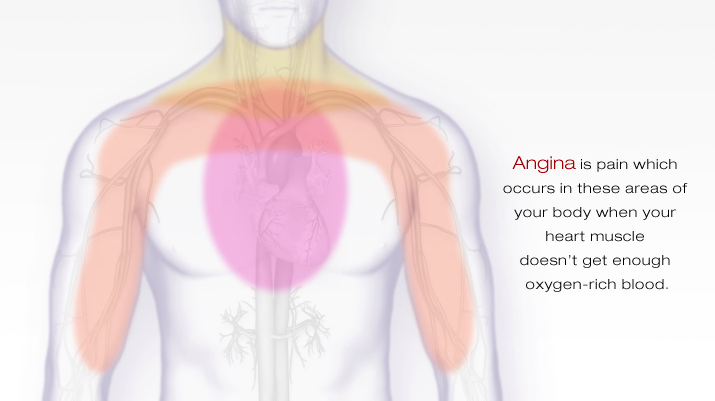
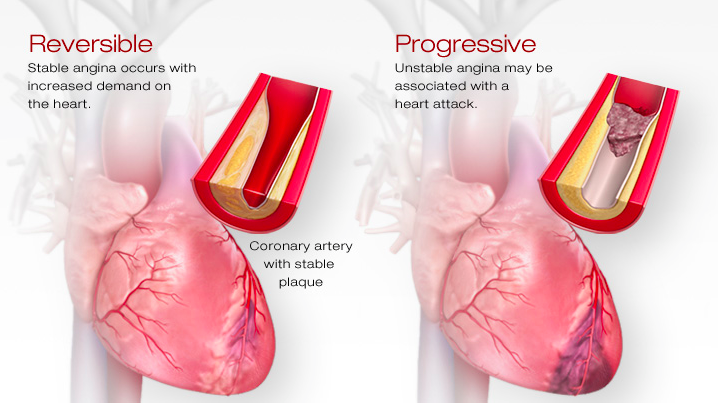

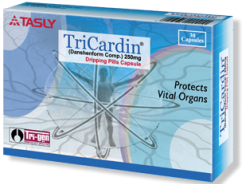
.JPG)